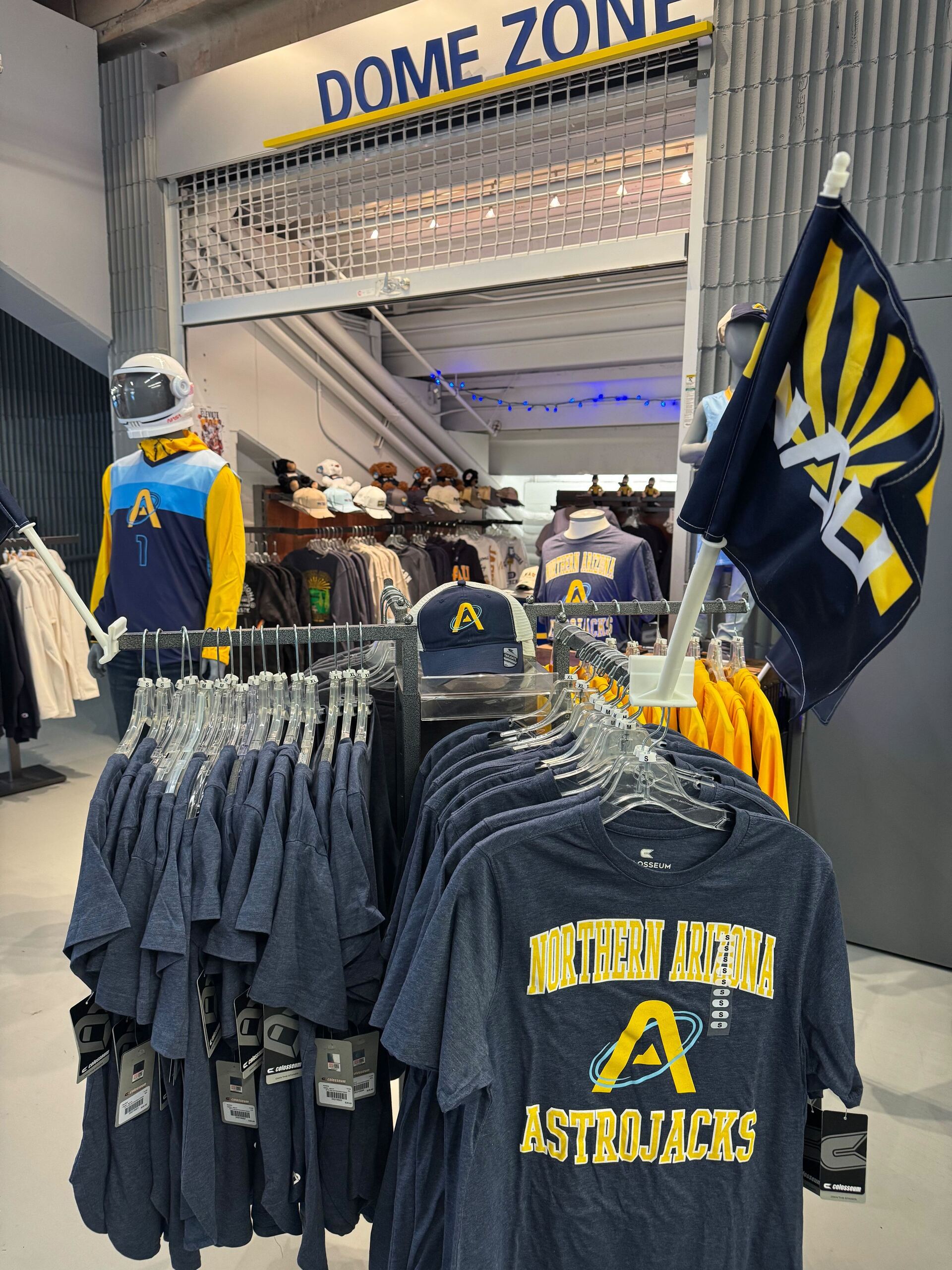
Good morning, and thanks for your continued support of Extra Points.
This has always been a tension, but one thing I’m taking away from conversations in the college athletics industry this year is that everybody is focused on trying to find ways to increase their athletic department revenue. High major. Mid-major. D-III school. Everybody.
Part of that, of course, is the expected revenue sharing obligations as part of the House settlement. Power Four institutions are largely expected to share roughly $20 million directly with athletes, and well over a hundred other D-I institutions will be sharing something with their own departments. Everybody in D-I will also face reductions in their NCAA distributions to help pay for settlement back damages.
But the need to find more money is bigger than just House. Inflation and potential trade wars drive up the cost of construction materials, making facility investments more expensive. Shortages in critical labor pools, like certified athletic trainers, drive up costs. You have to fill out a FAFSA form to buy a carton of eggs. Everything is more expensive these days.
I want Extra Points to be in the solutions business, not just the complaining business. And while I can’t possibly pretend to know the answers on how to solve everyone’s budget woes, I do spend huge chunks of my working days talking to ADs, vendors, startups, and everybody else trying to make this industry go. You spend enough time on the phone, you’re bound to hear at least a few good ideas.
So in that spirit, we’re launching a new, four-part series on how athletic departments can earn more revenue and cut some expenses. Will each of those ideas work for every athletic department? No, probably not. But will enough of them work that you’ll find nine dollars worth of value out of the stories? Yes. I am confident about that.
It’s time to get way more creative with licensing
According to FRS Report data compiled by Extra Points, the University of Michigan led the country in revenue from “Royalties, licensing, advertising and sponsorships” in FY24, reporting over $34 million in revenues. More than 27 other institutions reported revenue over $10 million, and 87 institutions reported more than $1 million. That’s a lot of cash.
Licensing revenues alone are only a part of that figure, of course, but they can still account for meaningful money. But based on records I’ve inspected and conversations I’ve had with many schools, a common licensing strategy for a school is to work out partnerships with a ton of t-shirt and apparel companies, and hope that a few of them go viral and bring in legitimate royalty revenue. You’ll have your EA Sports College Football licensing fee, perhaps some money tied to trading cards and other collectables, and that’s mostly it.
I respectfully submit that this isn’t the right strategy.
For one, athletic department intellectual property is a precious commodity that can be diluted if it is shared too much. Not every single t-shirt company or CPG needs to get licensed to produce and sell university marks. If partnerships aren’t generating meaningful sales, schools and their licensing partners should not be afraid to pull the plug and try something else. It’s okay to sacrifice a few thousand dollars in the service of protecting your valuable brand.
Want to read the rest of the newsletter? Subscribe today!
Premium Subscriptions make Extra Points possible. Upgrade today to get access to everything we write:
Upgrade to Premium for just nine bucks a month:

















